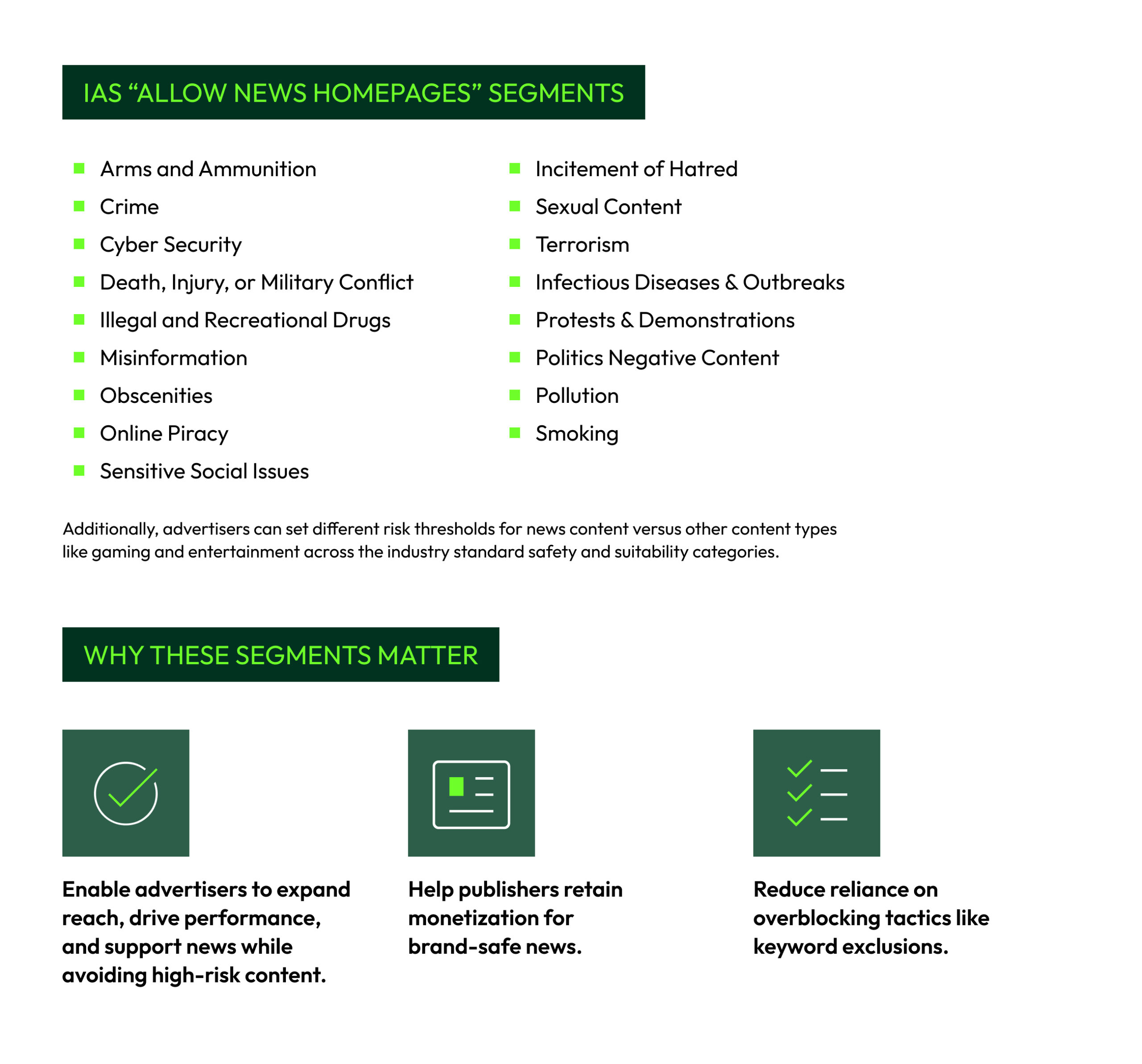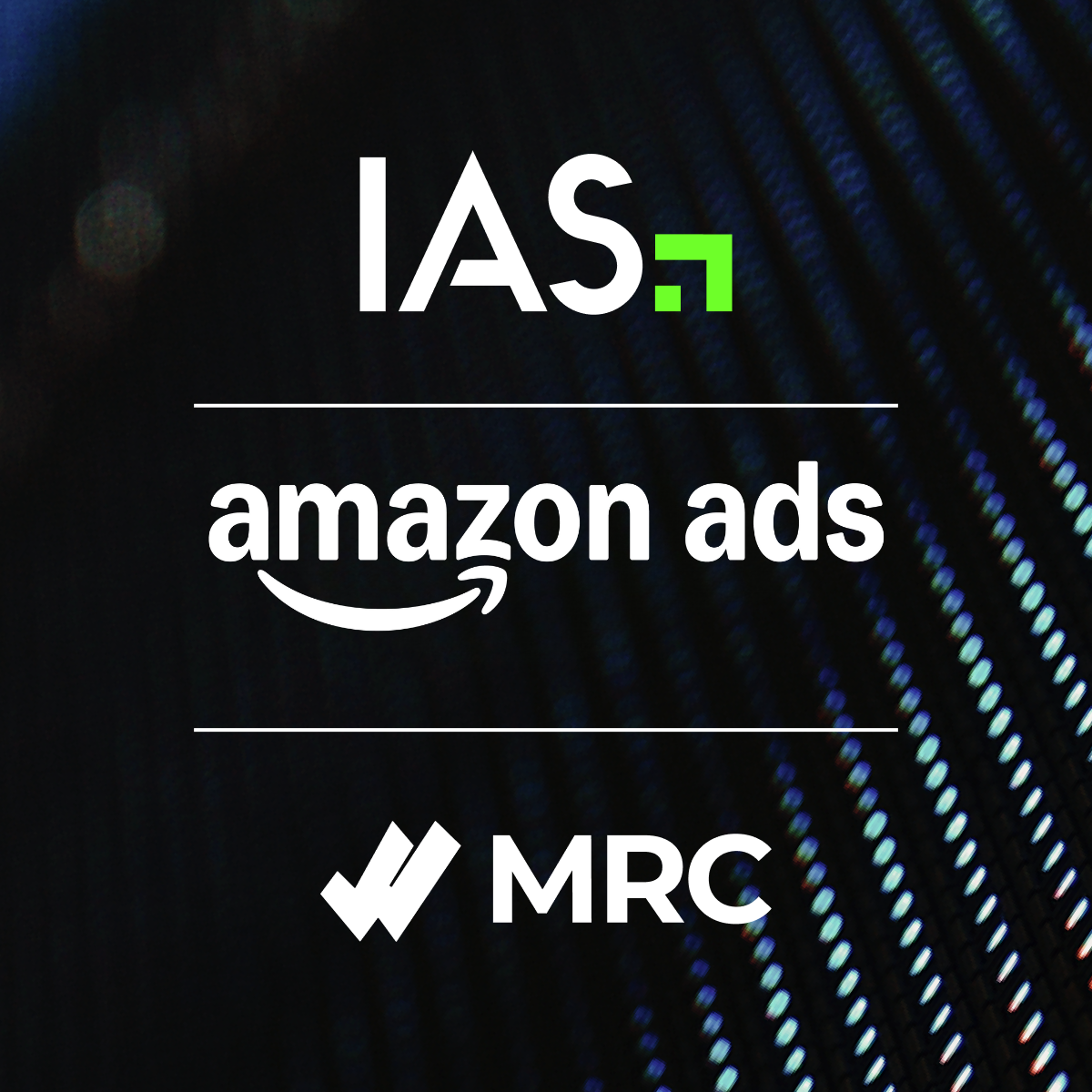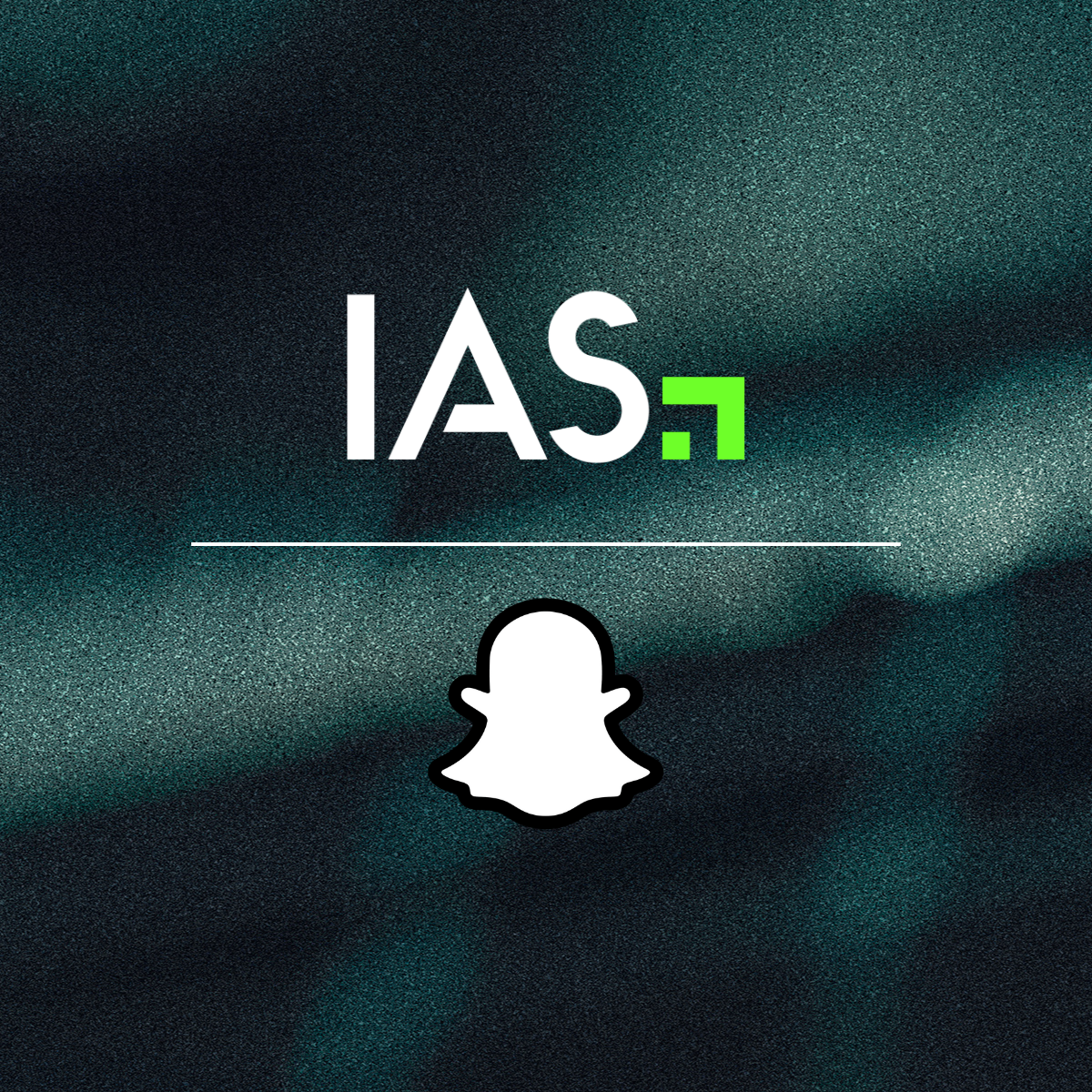In recent months, the industry has pointed to media quality and measurement companies to address how brand safety will unlock greater media spend on news. There’s a perception that brand safety measures limit advertising on news content, inadvertently harming news. However, brand safety and suitability can and should be an ally to news publishers — not an obstacle.
Traditionally, many advertisers have relied on keyword blocking — an exclusionary approach that prevents ads from appearing alongside specific words or phrases — to manage brand safety risks. While once a widely used method, keyword blocking lacks nuance, as it doesn’t account for context, sentiment, or emotion. This blunt approach can result in overblocking, where brands may miss valuable reach, exclude diverse content creators, and penalize news publishers without truly mitigating risks. Overblocking can be difficult to identify due to keyword blocking oftentimes being implemented in multiple places in the media supply chain (e.g., within DSPs).
Simply avoiding news sites or content containing certain words is a missed opportunity for brands looking to connect with engaged audiences. Consumers actively seek out trusted news sources to stay informed, making it essential for advertisers to adopt more precise, contextual approaches to ensure brand protection without sacrificing scale.
Advertiser Benefits: Maximizing ROI While Safeguarding Brand Reputation
IAS is committed to re-educating the industry and working closely with advertisers, agencies, and publishers to foster a balanced approach that ensures brand protection while supporting a free and sustainable press.
Advertisers don’t have to choose between brand safety and supporting news — IAS enables them to confidently invest in news environments while minimizing risks. Instead of blunt exclusion tactics like excessive keyword blocklists, we provide granular, AI-driven contextual solutions that refine brand suitability preferences rather than eliminating valuable news inventory.
Key IAS Solutions for Advertisers
- IAS Context Control for Brand Suitability and Contextual Targeting: Uses Natural Language Processing (NLP) to analyze sentiment and emotion across 50+ languages, ensuring advertisers can support news while controlling risk.
- Historically, some brands have paused media buys entirely in times of uncertainty, heavily penalizing publishers and affecting reach for advertisers. With near real-time contextual classification, IAS gives advertisers the tools to reduce risk without sacrificing reach — especially during moments of rapid change.
- Keyword to Contextual Consultation: IAS helps advertisers transition away from static keyword blocklists by recommending dynamic contextual targeting strategies.
- Allow News Homepages Segments: 29 unique IAS segments that enable advertisers to avoid content across industry-aligned brand safety and suitability concerns without blocking or avoiding news homepages.
- Industry Standard Content Sub-Category Segments: Across 12 industry standard brand safety categories, advertisers can set different risk tolerance thresholds based on content type, enabling advertisers to calibrate their suitability controls more precisely for news content versus other types of content such as gaming or entertainment.
- URL Trusted List: Allows advertisers to bypass brand safety filters for pre-approved news publishers.
Why This Matters for Advertisers
- Reach engaged audiences on trusted news sites, maximizing ROI.
- Provide transparency into ad placements while ensuring control.
- Prevent unnecessary overblocking that reduces campaign scale.
Publisher Benefits: Driving Demand While Preserving Inventory Value
From a publisher’s perspective, brand suitability measures should be maximizing revenue while providing suitability. IAS’s transparent solutions enable publishers to better monetize their inventory and optimize yield while preserving advertiser confidence in their inventory. By leveraging advanced contextual controls, publishers can retain monetization for brand-safe content without unnecessary restrictions.
Key IAS Solutions for Publishers
- Quality Attention for Publishers: Provides publishers and SSPs with actionable insights into inventory quality, helping optimize yield and revenue by highlighting premium, high-attention inventory.
- MFA and Ad Clutter Protection: Helps direct advertiser demand to premium news by filtering out low-quality MFA (Made-for-Advertising) and ad-cluttered environments. Because our MFA reporting is available to all advertisers, we help reputable publishers stand out and drive better yield. IAS also equips publishers with insights to enhance inventory quality, improve engagement, and drive advertiser confidence. Publishers have access to their own MFA or Ad Clutter scores to gain greater transparency into their inventory, enabling them to optimize and attract higher-value demand.
- Data-Driven Brand Suitability Enhancements: IAS continuously refines its classification models based on data and insights, as well as feedback from publishers and advertisers, helping ensure high-quality news content remains monetizable.
Why This Matters for Publishers
- Protect the value of news by ensuring fair access to advertising dollars.
- Reduce unnecessary blocking that limits inventory yield.
- Improve buyer confidence and demand for premium news placements.
How IAS News Sub-Categories Support News Monetization
To further reduce the risk of overblocking news while keeping advertisers protected, IAS offers granular contextual categories as part of Context Control that enable advertisers to set different risk thresholds for news content than other content types. Additionally, IAS offers contextual categories that will block risky content but allow all news homepages. News homepages often face overblocking due to the nature of their content, containing many headlines of various topics.
Tools like this help ensure ads serve on trusted news sources while avoiding high-risk content elsewhere. IAS offers 45 news-specific Context Control segments to help advertise on news more effectively — with many at varying risk thresholds aligned to industry standard risk levels. These segmented controls enable advertisers to support reputable news sources while maintaining brand suitability. Additionally, IAS offers sentiment-based segments, enabling advertisers to only block negative content for a given topic as opposed to overblocking the entire topic.
Example in Action
An advertiser may be averse to advertising on any webpage that is related to “crime,” but in the context of news, the advertiser may only want to avoid high risk crime content, or not even block crime on news at all. With our granular contextual categories, the advertiser can easily loosen restrictions to news content versus other content types.
IAS “Allow News Homepages” Segments
These segments give advertisers the control and flexibility to employ different risk thresholds for news. Advertisers can block content across the following categories, without blocking news homepages:

Strengthening Brand Safety While Supporting News
IAS is committed to fostering a balanced digital ecosystem where advertisers can confidently invest in news while maintaining brand safety.
Through contextual intelligence and publisher-focused solutions, IAS empowers advertisers and publishers alike — ensuring that brand safety remains an enabler of news, not a limitation.
 Share on LinkedIn
Share on LinkedIn Share on X
Share on X

